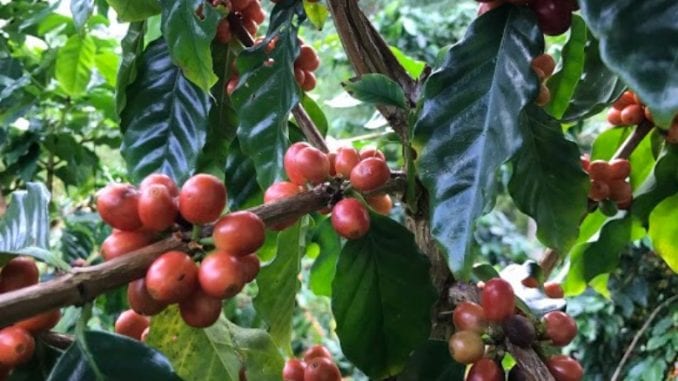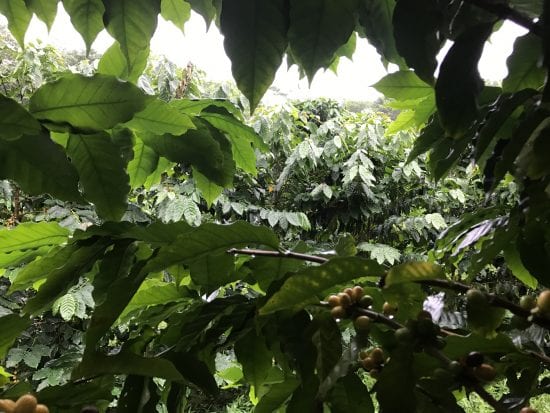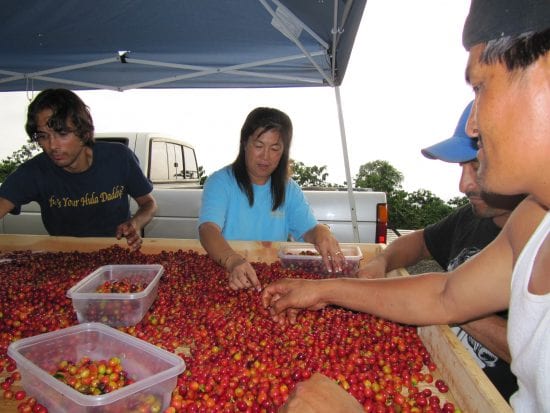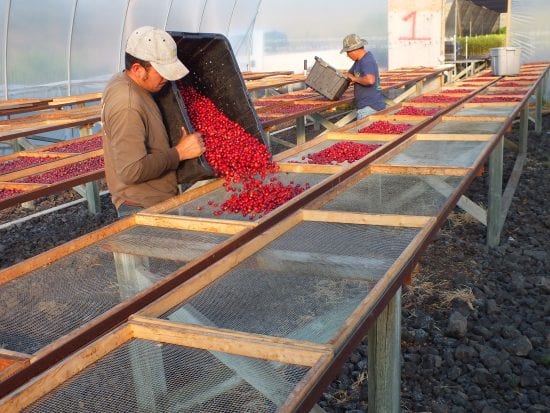
In our continuing series exploring the landscape of Hawaiian coffee, we explore the relationship between cost and quality in the state’s coffee production.
BY CHRIS RYAN
BARISTA MAGAZINE ONLINE
Cover photo courtesy of Juli Burden
This spring Barista Magazine Online launched the series “On An Island” exploring the enigmatic coffee origin of Hawaii. The first installment provided an overview of the state’s differentiating factors as a coffee producer, while the second focused on the little-known region of Maunawili. For this article, we look closer at the labor and pricing issues specific to this origin.
While a cup of Hawaii-grown specialty coffee will vary greatly depending on the specific terroir that produces it, there are certain characteristics that are found in many of the state’s best coffees. Mild acidity, for example. Sweetness. Notes of chocolate and sometimes floral touches.
Sweet and sophisticated profiles are what specialty coffee professionals seek from any origin, and these coffees typically fetch higher prices. But as we look closer at Hawaiian coffee, we start to see one of its quirks: Yes, Hawaiian-grown specialty coffee earns high prices. But guess what? So does pretty much any Hawaiian-grown coffee. In this specific island paradise, price and quality may be a little more loosely related than they are in other origins.
So why is that? Let’s look at a couple of reasons.

Lack of incentive. Green coffee fetches an astoundingly high price in Hawaii—experts say most hand-picked (as opposed to hand-harvested) Hawaiian coffee earns between $18 to $25 per pound, or almost 15 times the current C-market price. There is a reliable market for this coffee in which, despite the quality, growers can expect to earn a price in this window.
So for or Hawaiian coffee growers already earning a high price for their beans, the incentive isn’t really there to improve quality. “The amount that you can charge higher for better quality is not that much,” says Miguel Meza, owner of Hawaiian exporting company Isla Custom Coffees. “So I think for most farmers there’s not an economic incentive to do specialty. They can do what they’ve always done and have a market to sell into.”

Labor costs are high. It can also be worth asking: So why is that coffee priced so darn high? It is just because tourists will pay it? In truth, the main reason for the high coffee prices is the extremely high cost of labor in Hawaii—which, obviously, is in the United States, and brings with it all the labor laws one would expect. Additionally, Hawaii’s population is relatively small (about 187,000 on the Big Island), meaning it can be hard to even find labor willing to work on farms.
Still, quality-minded growers have sought to overcome this challenge. Hula Daddy Kona Coffee farm on the Big Island, for example, makes an array of efforts to produce quality coffee, from meticulous processing methods to specific soil preparation. One effort the farm makes concerning labor is paying pickers by the hour rather by the pound so they pick only ripe red cherries instead of strip-picking all cherries. While this leads to higher-quality coffee, according to Hula Daddy co-owner Karen Paterson, it also makes labor costs about three times higher.
Karen—who owns Hula Daddy with her husband, Lee—says that even though they sell their coffee for higher prices than Hawaiian coffee typically goes for, it still isn’t an entirely lucrative venture. “Our prices are high even by Kona standards; however, there are customers who are willing to pay high prices for top quality,” she says. “But no Kona coffee farmers are getting rich selling coffee.” She adds that they make the extra quality efforts at Hula Daddy for reasons more meaningful than price. “It is a combination of wanting to have pride in what we do, to set a goal that is difficult to achieve, to meet demands from customers, and to sell out each year,” she says.

While the Hawaiian coffee market presents specific challenges concerning pricing and labor, there will likely always be producers who continue to pursue specialty coffee, regardless of the financial implications. And there are certainly those in the state who seek out great coffee—third-wave shops abound in several islands, and Oahu in particular has a vibrant cafe scene in which many shops serve high-quality coffee both locally grown and sourced from all over the map. We’ll explore more of the state’s specialty scene in our next installment, coming soon.

